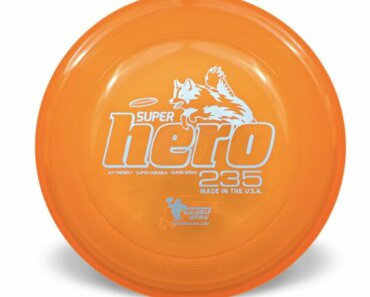
For original article click here
Table of Contents
You have heard the saying before – dogs are man’s best friend. Usually, this is true. Almost everyone has a heartwarming story of time spent with a pet. Over and over again, dogs have become a valuable member of the family, and helping to teach children to respect, love, and have responsibility for these furry friends is crucial.
Children don’t always understand how to treat dogs, that’s why it is up to you to teach them. Some tips to help with this can be found here.
Prepare your Child to Meet the Dog
You need to ensure your child is ready to meet a dog you are bringing into the family. You can do this by showing the child pictures of the dog from Instapainting, have the child practice soft touches with a stuffed toy dog, and talk to them about what they should and should not do when around the dog.
Teach the Child to Let the Dog Come to Them
When around the dog for the first time, have your child approach it calmly from the side and stop. They should leave enough rooms so the dog can decide if it wants to come to the child. By doing this, the animal can watch the child without feeling cornered or overwhelmed and greet them when they are ready.
Use a Leash
Experts recommend using a leash when introducing a child and dog. If possible, use commands such as “sit” as well. This provides peace of mind that if the dog gets a big rowdy, you can regain control to ensure no one is injured.
Watch Out for the Dog’s Mouth
If you have a puppy or an untrained older dog, they may not know how to take food treats using a “soft mouth.” As a result, you need to take extra steps to prevent an accident bite or nip.
Have your child drop the treat on the ground instead of giving it to the dog’s mouth. They can also hold the treat in a flat hand, rather than a fist, allowing the dog to learn the “gentle” cue.
Let the Dog Sniff the Child
Dogs rely heavily on their sense of smell. They use this for saying “hi” and to find out who you are. Have your child be completely still and let the dog sniff around them.
As an extra precaution, be careful about offering a hand for the dog to smell. Instead, have your child curl their fingers to keep from pushing it into the dog’s face. Allow the animal to come to the child (as mentioned before) and if you are introducing a baby to the dog, bring blankets home first to let the dog smell before the introduction.
Go for a Walk
Going for a walk with your child and the dog around the neighborhood is a great way for everyone to get comfortable while in a neutral environment. It also allows several short interactions to happen during the walk, instead of a single, extended interaction while at home.
Avoid Loud Sounds and Wild Movements
There are some children who may want to instantly squeeze and hug dogs, but they should remain calm. A sudden movement may frighten the dog and cause them to try and protect themselves by nipping or biting.
Don’t Leave the Child and Dog Unattended
Even the most well-mannered and nicest dogs may bite if their fur is pulled or if a leg is bent the wrong way. They may also respond in this way if a child sits on them or hurts them in another manner. To protect the child and the dog, make sure there is always an adult around to watch and monitor what is going on.
Teach a Child to Avoid Interrupting a Dog that is Sleeping or Eating
If a dog is started, they may bite or nip. Make sure your child knows they should provide plenty of space while the dog is eating or sleeping.
With the tips here, you can ensure interactions between dogs and your child are nothing but positive. This will be beneficial for you, your child, and the dog, so be sure to keep everything in mind.


























